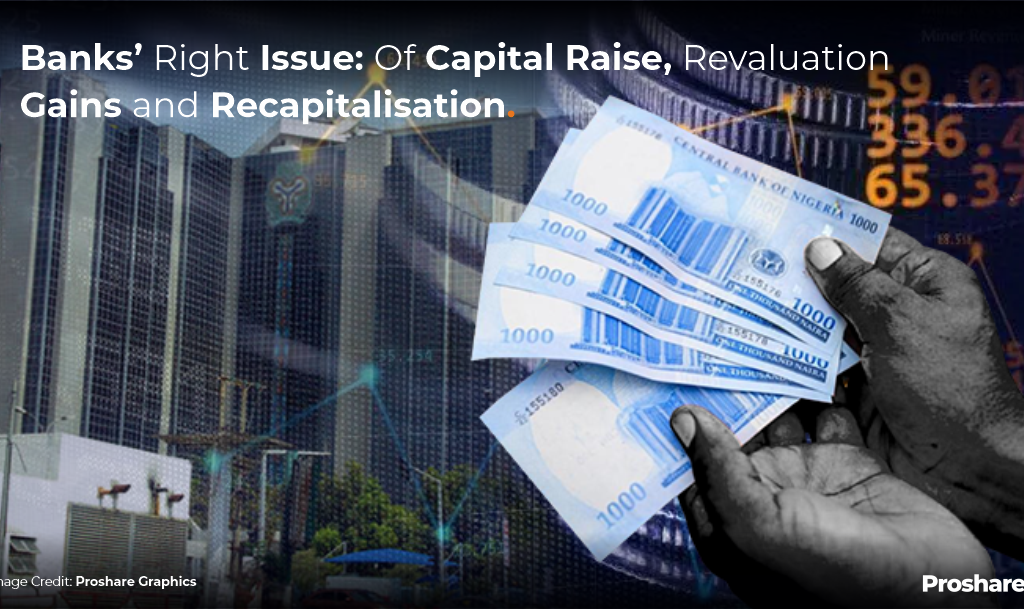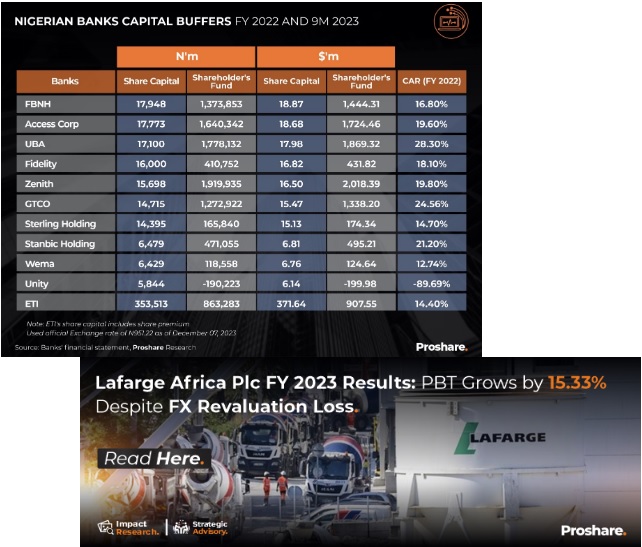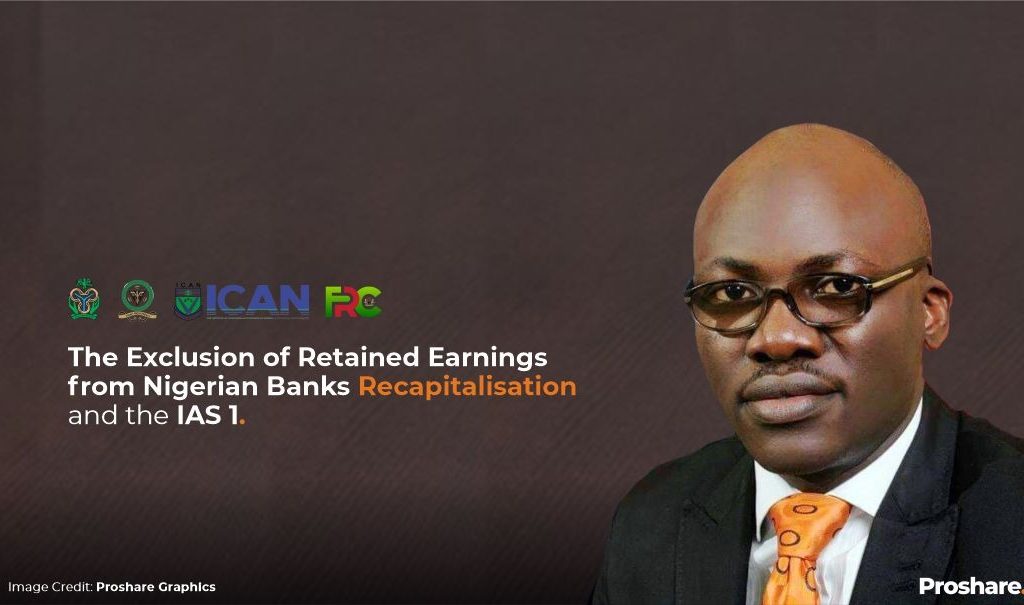
Malam Mele Kyari
Wed, 17 Apr 2024
The Port Harcourt Refining Company Limited (PHRC) is yet to commence operation despite assurances by authorities that it will come on stream about two weeks…
The Port Harcourt Refining Company Limited (PHRC) is yet to commence operation despite assurances by authorities that it will come on stream about two weeks ago.
Citizens have been made to believe that the coming on board of the Port Harcourt refinery, which had been moribund for decades, and subsequently others in Warri and Kaduna, will ease energy crisis in the country and ultimately halt importation.
Stakeholders believe that with pumping oil for domestic consumption from the government-owned refineries, and additional support from the Dangote refinery, Nigeria and its people stand to gain more in terms of forex inflow, which had been grossly depleted by importation.
Recall that the Group Chief Executive Officer of the Nigerian National Petroleum Company Limited (NNPCL), Mele Kyari had on March 28, told the Senate that the Port Harcourt refinery will begin to deliver refined petroleum products in two weeks, just as he assured Nigerians that the rehabilitation of the refineries would be completed on schedule.
It is now over two weeks since the deadline elapsed.
Kyari also disclosed that the Warri refinery was almost ready too, while the refinery in Kaduna would be completed and ready to go into production in December this year.
He said that the rehabilitation of the Port Harcourt refinery had been completed, having passed its “completion mechanical procedure.”
He had said: “The Mechanical Completion means that you are done with your rehabilitation work, now you are to test if this completion is okay.”
Contacted Tuesday, the NNPL Chief Corporate Communications Officer, Olufemi Soneye said regulatory and compliance tests were the only reason keeping the Port Harcourt refinery from commencing full operations.
He said: “The Port Harcourt refinery has received crude oil, and it has been stocked in the facility. All crude lines are currently active. Regulatory and compliance tests are underway as we speak, and once they are completed, the refinery will commence operations. This adherence to best practices is recognised worldwide.”
Shell Petroleum Development Company of Nigeria Limited (SPDC) had on February 12, announced on its website that it had completed the supply of over 475,000 barrels of crude oil to the Port Harcourt refinery from the Bonny Oil and Gas Terminal, a joint venture asset operated by SPDC.
Country Chair, Shell Companies in Nigeria and Managing Director, SPDC Dr Osagie Okunbor, said, “With this supply restart, the refining capacity of in-country is expected to come back to life and make petroleum products readily available while reducing Nigeria’s dependence on imported refined products.”
Speaking on the resumed crude supply, the terminal’s Installation Manager, Odita Nnajiofor, said the success of the crude supply restart is indeed a significant step in the nation’s renewed efforts to utilise key infrastructure to assure the steady supply of products from the refining company to the Nigerian market.
According to Nnajiofor, “Before implementing the supplies of the product to the refining company, the project teams first assured the integrity of the supply pipelines and the terminal’s export pumps which had been shut down for an extended period.” These actions, he explained, resulted in the successful and safe completion of the refinery supply with no harm to people and environment.
Missed deadline characterize previous restart date
The Port Harcourt refinery shut down in March 2019 for the first phase of repair works after the government secured the service of Italy’s Maire Tecnimont to handle the scoping of the refinery complex, with oil major Eni appointed technical adviser.
In 2021, NNPC Limited said repairs had started after FEC approved $1.5 billion for the project.
The government said funding for the repairs will be from many components including NNPC, Internally Generated Revenue (IGR), budgetary provisions and Afreximbank.
The then Minister of State for petroleum, Timipre Sylva had said that the first phase was initially scheduled to be rounded up in 18 months (December 2022) from the point of the agreement, taking the refinery to 90 per cent production capacity with the second and third phases completed within 24 months and 44 months respectively.
However, that time line was reviewed by the previous administration, with the first phase of the refinery expected to start operation by March 2023, following 24 months of project execution in Area 5 of the complex.
The government also disclosed that Phase 2 of the rehabilitation project will restore the Port Harcourt refineries to a processing capacity of 135,000 bpd (90%), delivering a total processing capacity of 189,000 bpd by December 2023 following 33 months of project execution in Areas 1 & 2 of the complex.
In Phase 3 of the project, the entire refinery allied infrastructure will be restored and upgraded, most notably the fluid catalytic cracking unit and other ancillary operations.
Support infrastructure such as storage tanks and product assessment laboratories will be fully restored by December 2024.
In a major step towards resuming operations five years after the plant was shut, NNPC Ltd in December 2023 said it will complete test runs at the Port Harcourt refinery at the end of the year.
Also, Kyari said that the second phase of repair works of the Port-Harcourt refinery will be completed by the fourth quarter of 2024.
Why restart will excite Nigerians
Over the years, the refinery has performed below optimal levels despite the huge resources set apart for its rehabilitation.
This has resulted in importation of petroleum products for domestic use for many years to cover for the gap in the refinery’s output, costing the nation dear in terms of lost revenue.
The removal of subsidy by the government on May 29th 2023, saw prices soar through the roof, compounding the cost-of-living crisis for the average Nigeria as energy prices had a severe pass-through effect to other sectors, forcing inflation to touch 40 per cent in March 2024.
The dilemma for Nigeria is that neither an increase nor a decrease in international crude price portends any good news as the current dollar crises will translate to high landing cost or low revenue accretion for the country.
The news that the mechanical completion of the refinery will see the plant begin by processing 60,000 barrels per day, leading to operating at the full capacity of 210,000 barrels per day later this year is seen as a major achievement in the bid to cut energy cost.
An economist, Prof. Segun Ajibola said Turn Around Maintenance (TAM) takes time, with the cost competing at times with what it would take to build a new one entirely.
He said: “The gap is that the TAM has been left unattended for years now. But if the refineries could stick to the anticipated completion dates with refining activities commencing, it will lessen the pains of consumers.
“The challenge has been continued importation of refined products, which costs are annexed to the ruling foreign exchange rate. There is no short cut as solutions to the current disequilibrium in the local oil industry, which has compounded the inflationary pressure in the domestic economy.”
In a move aimed at boosting efficiency and productivity, the NNPCL is seeking to transfer the operations of the Port Harcourt refinery to private entities.
This was disclosed in an expression of interest notice issued by the NNPCL on its website in January.
Copied










